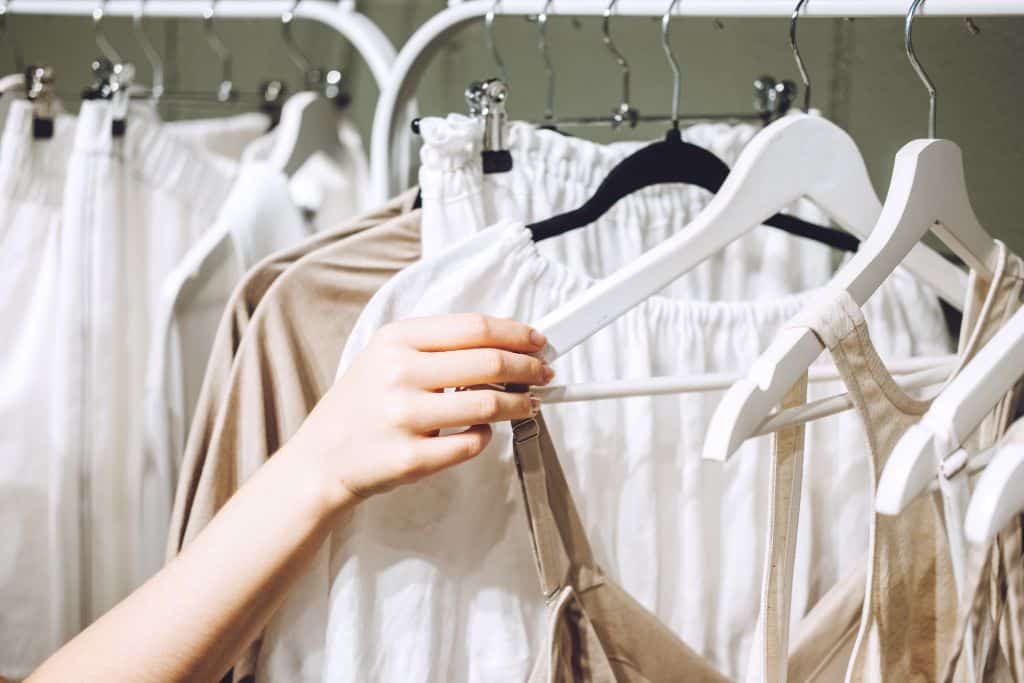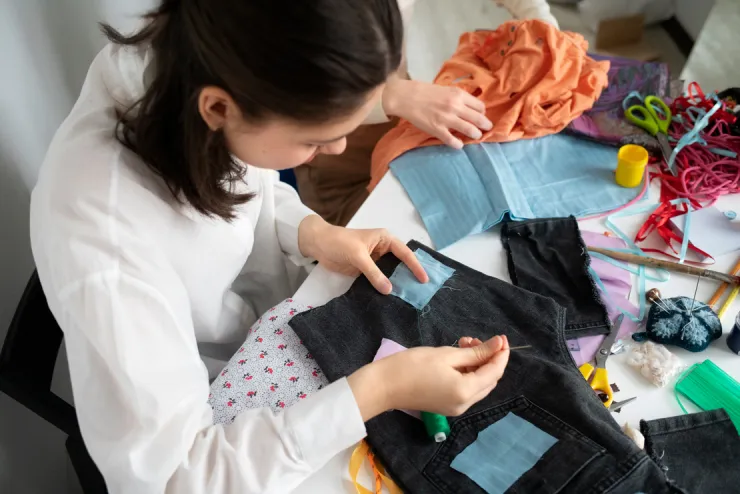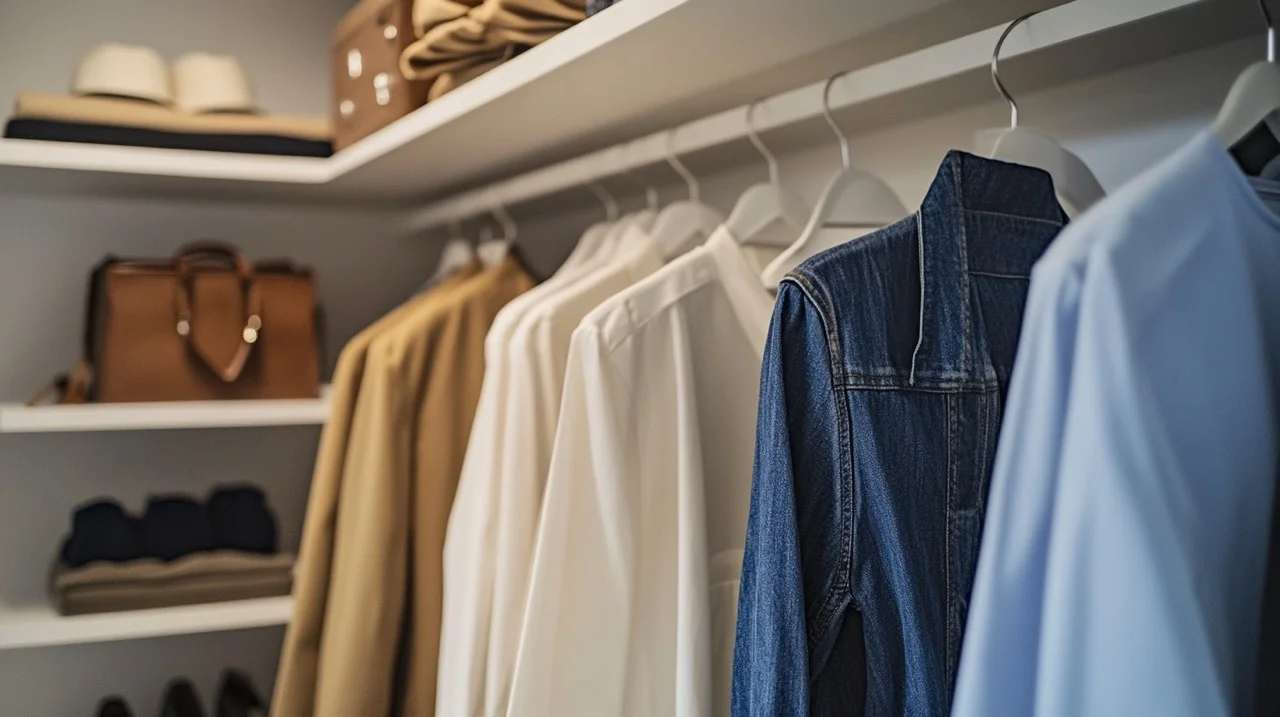Understanding Sustainable Fashion
Sustainable fashion is more than just a trendy buzzword — it’s a movement toward clothing production that respects people, the planet, and future generations. Unlike fast fashion, which prioritizes speed and low costs, sustainable fashion emphasizes ethical practices, from sourcing raw materials to manufacturing and distribution. The goal is to reduce waste, pollution, and exploitation in the fashion industry while encouraging conscious consumption. Brands that follow sustainable practices often focus on using organic or recycled materials, adopting fair labor practices, and reducing their carbon footprint. Understanding what “sustainable” truly means is the first step toward making informed choices. It’s not just about buying new eco-friendly clothes; it’s also about valuing what you already own and minimizing unnecessary purchases. As a beginner, knowing this foundation will help you evaluate brands more critically and confidently.
Researching Brand Transparency
The next step is learning how to research and verify a brand’s sustainability claims. Many companies use terms like “green,” “eco-friendly,” or “conscious” without clear proof — a practice known as greenwashing. To avoid falling into these marketing traps, check if a brand provides detailed information about its materials, supply chain, and labor practices. Look for certifications such as Fair Trade, Global Organic Textile Standard (GOTS), or B Corp, which indicate verified commitments to sustainability. Brand websites often share impact reports or sustainability pages that highlight their goals and progress — read them carefully. You can also consult third-party rating platforms like Good On You, which evaluate brands based on environmental impact, labor conditions, and animal welfare. Being informed allows you to support companies that genuinely work toward better practices rather than those simply using sustainability as a marketing tool.
Prioritizing Quality Over Quantity
One of the most important principles of sustainable fashion is buying fewer, higher-quality items. Fast fashion encourages overconsumption with its low prices and constantly changing trends, but sustainable shopping means focusing on durability and timeless design. High-quality garments last longer, reducing the need for frequent replacements and keeping clothing out of landfills. When choosing a brand, examine product descriptions for information about fabric durability, stitching, and care instructions. Investing in versatile pieces you can wear multiple ways also helps you build a functional wardrobe without excessive buying. Cost per wear is a useful concept — even if a sustainable item costs more upfront, its longevity makes it a better investment. Choosing brands that create well-made, classic pieces supports a slower, more thoughtful approach to fashion and helps break free from the cycle of disposable clothing.
Considering Second-Hand and Local Options
Sustainable fashion isn’t limited to new purchases. Shopping second-hand through thrift stores, consignment shops, or online resale platforms is one of the most effective ways to reduce your fashion footprint. This practice gives clothing a second life and prevents perfectly good garments from ending up in landfills. Supporting local designers and small businesses is another great option because it reduces the carbon footprint associated with international shipping and supports your local economy. Many small brands produce limited quantities, which can mean higher quality control and more ethical production processes. You can also consider clothing swaps with friends or community events to refresh your wardrobe without buying new items. By embracing second-hand and local shopping, you expand your options for sustainable fashion while often finding unique, one-of-a-kind pieces.
Making Sustainability a Long-Term Habit
The final step in choosing sustainable fashion brands is turning this into a consistent lifestyle habit. Building a sustainable wardrobe is a gradual process — it doesn’t happen overnight. Start by assessing what you already own and repairing or repurposing items when possible. Create a shopping plan to avoid impulse buys and focus on pieces that complement your existing wardrobe. Stay informed about new sustainable innovations and upcoming ethical brands so you can continue to refine your choices. Sharing your journey with others can also inspire them to shop more consciously, creating a ripple effect. Remember, every purchase is a vote for the kind of world you want to live in — so choose brands that align with your values. Over time, sustainable fashion can become second nature, allowing you to express your style while minimizing harm to the planet.




